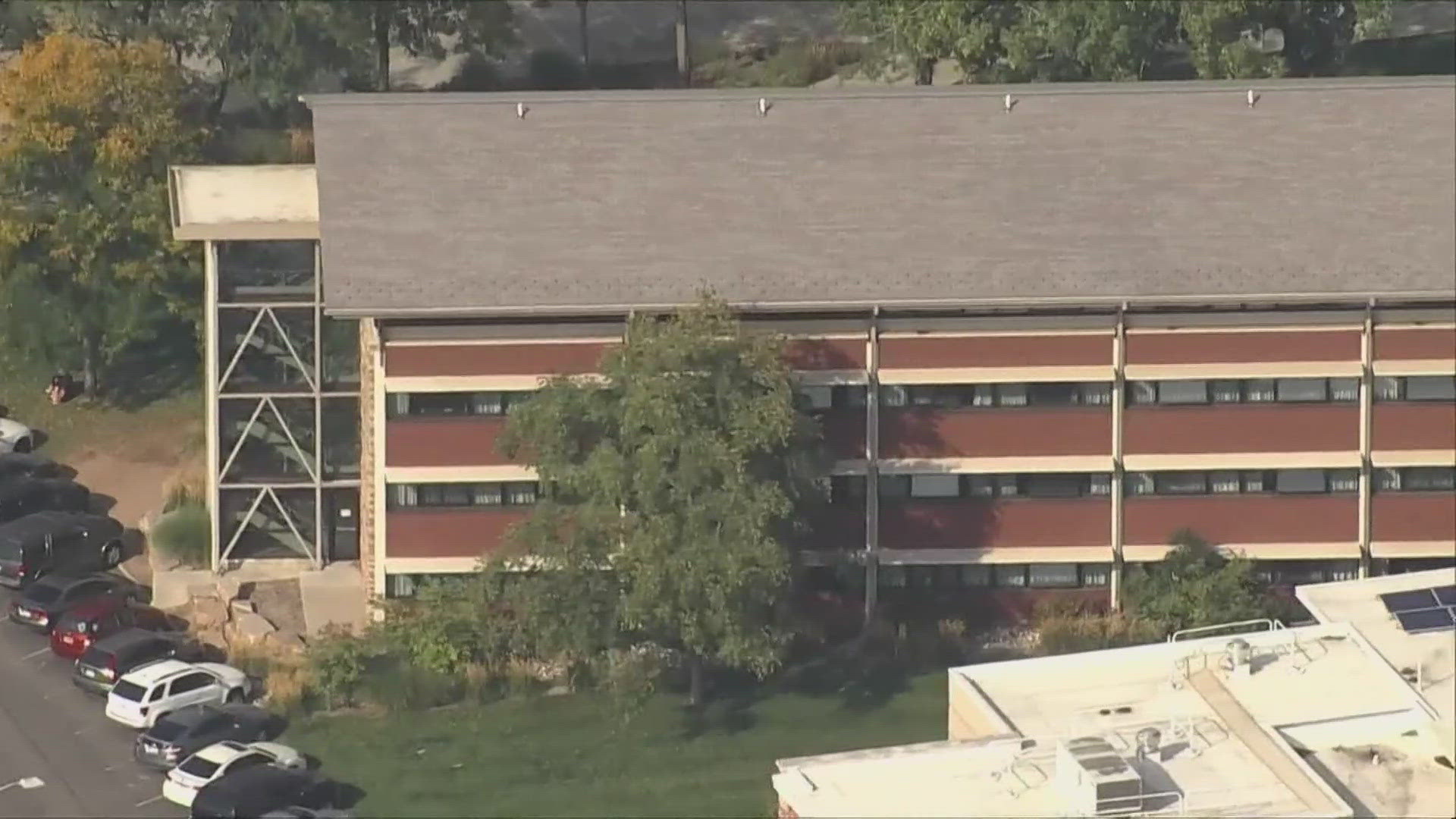DENVER - Kim Desmond attended Manual High School at a time when people like Brooke Reves were bused in from across town.
"So, my freshman year, the school was actually really diverse," Desmond said.
She is black. Reves is white.
"Being able to pull resources from around the city, not just from this neighborhood, hugely impacted education," Reves said.
They became friends in school as a direct result of court-ordered busing following a lawsuit called "Keyes vs. School District 1" affirmed by the U.S. Supreme Court.
"It was the first northern desegregation lawsuit in the country," Laura Lefkowits said.
Lefkowits is a former Denver school board member who studied how the Keyes case tried to make Denver Public Schools more racially balanced and fair.
"At that time, the black schools, they had fewer resources. They had the least experienced teachers," Lefkowits said.
9NEWS has partnered with iNews of Rocky Mountain PBS to look at data from the 20 largest school districts in Colorado to detect how race plays a role in the academic achievement. We're looking at the demographics of schools before, during, and after efforts to desegregate schools in Colorado.
Students like Reves were bused away from their neighborhood schools to force racial integration.
"I don't think people got the full aspect of how busing impacted our city," Reves said.
She and Desmond say Manual High School thrived under busing. The school had a mix of race and students of different socio-economic backgrounds.
"It didn't matter if you lived across the park or if you lived across town," Reves said. "I mean we had kids whose families owned major corporations and nope that wasn't important."
But, Lefkowits says across the district, Denver Public Schools worked to undermine the busing efforts.
"The district did not like it," Lefkowits said. "They did not want to be controlled by a judge."
The other issue, Lefkowits says, is that White families abandoned the district because of busing. During the first decade of busing, 30,000 students, nearly all White, fled the city.
"It certainly changed the population of Denver," Lefkowits said.
During the 1980s, Denver Public Schools then started to become filled with primarily Latino students. And, Lefkowits says purpose of busing became nearly impossible.
"There wasn't enough diversity in the enrollment of DPS to effectively integrate the schools," Lefkowits said.
After more than 25 years of busing, the federal court lifted the busing order in September 1995.
"I think when (the judge) terminated the order, it was like basically throwing the white flag of surrender on the idea of integration," Lefkowits said.
Desmond says it made an immediate impact on Manual High School.
"My sophomore year at Manual, I remember coming that sophomore year, I can distinctly remember saying, what happened to all my white friends?" Desmond said.
Twenty years after the end of busing, schools like Manual are back to square one.
"If you're 95 percent black and Latino, are you a segregated school? The answer is yes," Desmond said.
Lefkowits says right now across Denver there are 74 racially isolated schools with 90 percent of those families living in poverty.
"Those schools are almost uniformly failing," Lefkowits said.
Manual is included.
"We know that the problem is, segregated schools, low performing, poverty," Desmond said.
Lefkowits says busing could have been the answer.
"It would've worked if the middle class hadn't abandoned it," Lefkowits said.
Desmond agrees that something must be done.
"I don't know if busing is the right model, but I do know that we need to find a model that addressed integration," Desmond said.
Reves says the current administration at Manual is trying to recreate the program to attract more white students to the school.
"Create a different school and it's going to make change," Reves said. "They're going to get more of the people, the White families that are in this neighborhood coming to this school."
(© 2015 KUSA)


